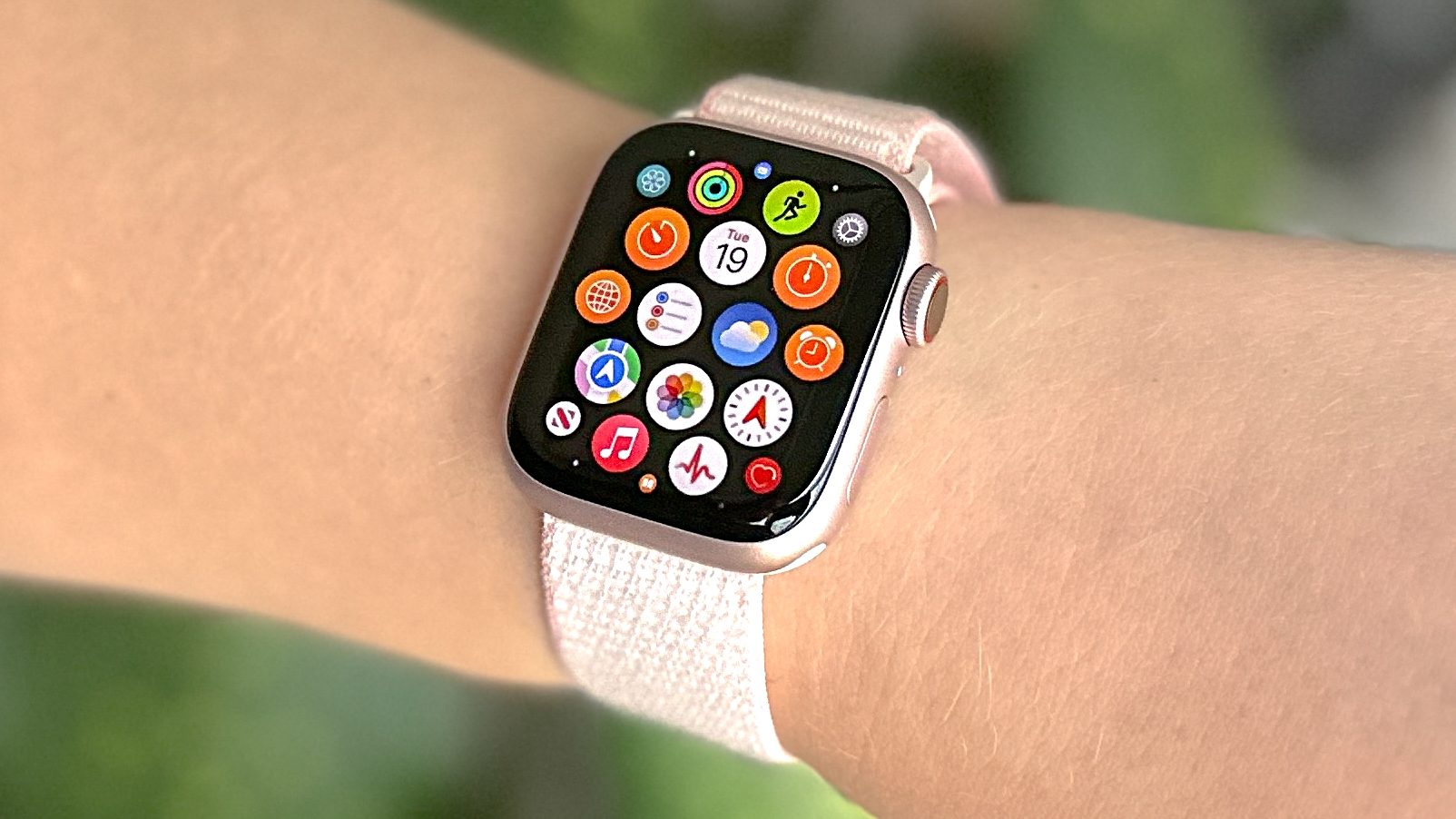
No one is surprised to learn that Apple plans to release another Apple Watch, likely the Apple Watch X or Apple Watch Series 10. What might be a little surprising though is that Apple is looking to include low-temperature polycrystalline oxide (LTPO) thin-film transistor (TFT) technology, which could significantly improve the battery life of the next model, according to a report from The Elec.
LTPO TFT screen technology is still pretty new, but it's said to reduce the overall power consumption of the display. That means even with the same brightness level, the watch will last longer than previous versions.
Currently, Apple Watch displays apply oxide to two switching thin-film transistors (TFT). Low-temperature polycrystalline silicon (instead of oxide) (LTPS) is used on the rest of the switching TFTs and driving TFTs. With LTPO TFT screens, on the other hand, an oxide is used on additional switching TFTs and driving TFTs, thus creating more efficiency.
That's a lot of technical information, but the key takeaway is that the oxide on the TFTs is more efficient than silicon.

Apple could still use some LTPS in the next Apple Watch, though they'll be LTPS on the TFTs and circuits outside of the viewable portion of the screen. Perhaps at some point, the company will switch to LTPO across the board, but for now, this is still a step in the right direction.
Before this screen technology rumor popped up, the prevailing belief was that Apple would include a MicroLED screen, but the company has since abandoned that technology due to the cost.
Interestingly, Apple could use this as a jumping-off point for incorporating LTPO TST tech into other devices. That means we could see similar power efficiency gains in other devices like iPhones and iPads, though we'll have to wait to see how much gains those devices see if the tech is implemented.
The current rumor suggests that Apple could use LTPO TFT screen tech in the iPhone 16 Pro and Pro Max. Later, all iPhone 17 models may get it. There's no speculation of whether iPad models will get the more efficient screen technology, but if it works well in other Apple devices, there's no reason to think the iPhone maker wouldn't want to add it to its larger devices, too.







